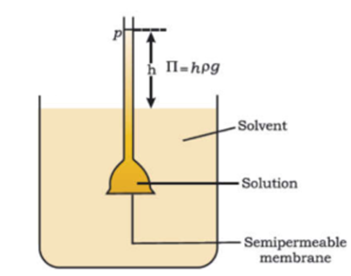Science > Chemistry > Solid State > Semiconductors On the basis of electrical conductivity, substances can be classified into three types conductors, insulators, and semiconductors. In this article, we shall have a brief idea of semiconductors. Semiconductors are the substances whose conductivity lies between the conductors and insulators e.g. Germanium, Silicon, etc. They are covalent solids. […]
Categories
Semiconductors
- Post author By Hemant More
- Post date February 2, 2020
- No Comments on Semiconductors
- Tags Chemistry, Conduction band, Conductors, Doping, Electrical conductivity, Electrical properties, Electricity, Extrinsic Semiconductors, Insulators, Intrinsic semiconductors, Metallic bonds, N-type semiconductors, P-type semiconductors, Pure silicon crystal, Semiconductors, Solid-state, Valence band
